Possibly a silly question... Watering succulents
rmurowchick
9 years ago
last modified: 9 years ago
Featured Answer
Sort by:Oldest
Comments (54)
rina_Ontario,Canada 5a
9 years agolast modified: 9 years agormurowchick
9 years agolast modified: 9 years agoRelated Discussions
Silly daffodil question
Comments (2)It hasn't bloomed yet. Would it be possible to get it to root or should I just enjoy the flower while it lasts? Just enjoy it while it lasts. Unlike cuttings of some things, a daffodil flower stalk will not grow roots. Daffodils are grown from bulbs that are usually purchased and planted in the fall. Sue...See MoreMaybe it is a silly question
Comments (8)One reason for not running the waterfall over winter is the chance of an ice dam being created and the water then being diverted out and away from the pond. Another is the bio filtration is almost stand-still during winter. A few years ago a well respected, [but unfortunately an ex member] of this forum did extended tests over the winter months, on the temperature of the water in his pond in Vermont. He installed three temperature probes into his pond, one near the surface, one mid way down, and one at the bottom. Over the months of December, January, February and March, these probes sent the temperatures to a recording graph machine. The results showed that there was not a substantial difference in the temperatures, between the three areas of the pond, where the probes were located. If I remember correctly the difference between the top and bottom temperature was a degree and a half or two approximately. The depth of the pond was three feet. Super chilled water is a phenomenon of large bodies of water, such as lakes, not garden ponds. "Horton"...See MorePossibly silly question about drip-watering trees
Comments (2)well, I was hoping that someone more knowledgeable might answer, but I guess the Arizona gardening forum people lost their computers in foreclosures or something. So this is mostly my opinion. First, a lot of Sissoo trees tend to grow crooked. It's more genetic than having to do with it looking for light...etc. I have one by my driveway and it is growing towards the driveway instead of straight up. I tried to stake it but it still wants that way, and actually that's fine with me. That's exactly where I want more shade anyway. However, just because it grows in more in one direction, I don't think it means that most of the roots go that way. The roots go wherever they can find water and nutrients. I think if you put the emitters spaced evenly in a circle around the tree, the roots will find that water . I also think that it would be a good idea to do something to help the water go where it is needed instead of letting it all flow to one side. I think the basin under the dripper to keep the water from flowing downhill is a good idea, but I hope that by saying 12" you're not talking about the depth. You shouldn't need more than a couple of inches deep). How fast does this thing drip?...See MoreSilly question about cut flowers
Comments (12)I find that roses with more substantial petals (like perhaps the HT Dream Come True) will last as well in the vase or even longer than on the plant, if kept cool. Roses can drop petals more quickly in dry or hot weather, and cutting them can help, or even refrigerating them like exhibitors do. On the other hand, there are roses like some of the David Austin multipetal fluffy roses that are desperately fast to drop their petals when cut, so they're better enjoyed in the yard. And no, it's not remotely a silly question. We're all rose fanatics here and want to enjoy the blooms as long as possible. We can totally relate... Cynthia...See MoreJoe1980
9 years agolast modified: 9 years agorina_Ontario,Canada 5a
9 years agolast modified: 9 years agoSix Silver
9 years agoJoe1980
9 years agoSix Silver
9 years agolast modified: 9 years agoJoe1980
9 years agolast modified: 9 years agoSix Silver
9 years agolast modified: 9 years agoPagan
9 years agolast modified: 9 years agoSix Silver
9 years agoJoe1980
9 years agoSix Silver
9 years agoPagan
9 years agobreton2
9 years agorina_Ontario,Canada 5a
9 years agolast modified: 9 years agoJoe1980
9 years agoSix Silver
9 years agosavemysucculents
9 years agolast modified: 9 years agosavemysucculents
9 years agoSix Silver
9 years agolast modified: 9 years agorina_Ontario,Canada 5a
9 years agolast modified: 9 years agoJoe1980
9 years agopenfold2
9 years agoPagan
9 years agolast modified: 9 years agorina_Ontario,Canada 5a
9 years agoSix Silver
9 years agoJoe1980
9 years agoJoe1980
9 years agoSix Silver
9 years agok8 (7b, NJ)
9 years agorina_Ontario,Canada 5a
9 years agoSix Silver
9 years agorina_Ontario,Canada 5a
9 years agoSix Silver
9 years agorina_Ontario,Canada 5a
9 years agoandy_e
9 years agoehuns27 7a PA
9 years agoJoe1980
9 years agoandy_e
9 years agopenfold2
9 years agorina_Ontario,Canada 5a
9 years agoehuns27 7a PA
9 years agoandy_e
9 years agorina_Ontario,Canada 5a
9 years agoSix Silver
9 years agorina_Ontario,Canada 5a
9 years agolast modified: 9 years agoSix Silver
9 years agoSix Silver
9 years ago
Related Stories

GREEN DECORATING8 Questions to Help You See Through Green Hype
With the ecofriendly bandwagon picking up some dubious passengers, here's how to tell truly green products and services from the imposters
Full Story
SELLING YOUR HOUSE15 Questions to Ask When Interviewing a Real Estate Agent
Here’s what you should find out before selecting an agent to sell your home
Full Story
FEEL-GOOD HOMEThe Question That Can Make You Love Your Home More
Change your relationship with your house for the better by focusing on the answer to something designers often ask
Full Story
GARDENING GUIDESNo-Regret Plants: 5 Questions Smart Shoppers Ask
Quit wasting money and time at the garden center. This checklist will ensure that the plants you're eyeing will stick around in your yard
Full Story
CONTAINER GARDENS3 Steps to Creating Quick, Easy and Colorful Succulent Containers
Take a bright container, add a colorful succulent or two and have a professional, summery design in minutes
Full Story
SAVING WATER11 Ways to Save Water at Home
Whether you live in a drought-stricken area or just want to help preserve a precious resource, here are things you can do to use less water
Full Story
GARDENING GUIDESEssential Watering Tips for Your Edible Garden
To give your edible plants just what they need, check out these guidelines for how, when and how much to water
Full Story
LIFEThe Top 5 Ways to Save Water at Home
Get on the fast track to preserving a valuable resource and saving money too with these smart, effective strategies
Full Story
EARTH DAYThe Case for Losing the Traditional Lawn
Work less, help the environment and foster connections by just saying no to typical turf
Full Story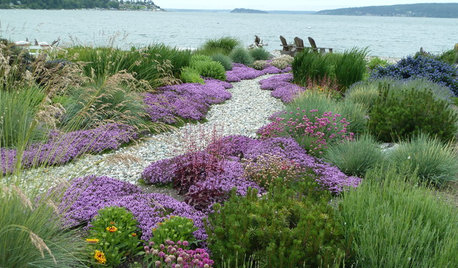
PLANTING IDEAS7 Ways to Use Drifts and Masses In Your Garden
Whether in formal or natural landscapes, grasses or succulents planted en masse elevate the garden
Full StorySponsored



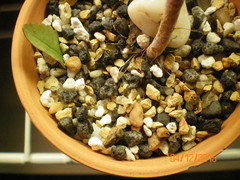
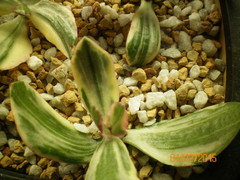
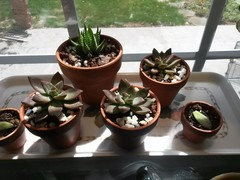
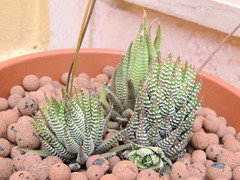
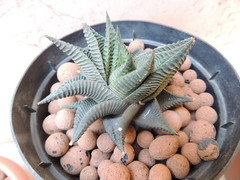
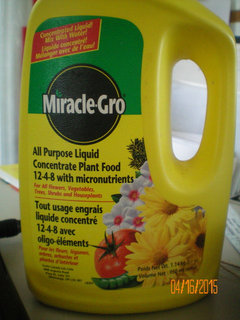
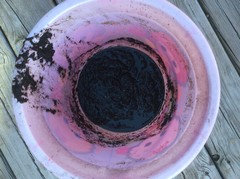
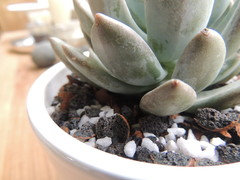
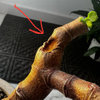

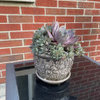
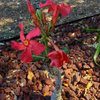
Pagan